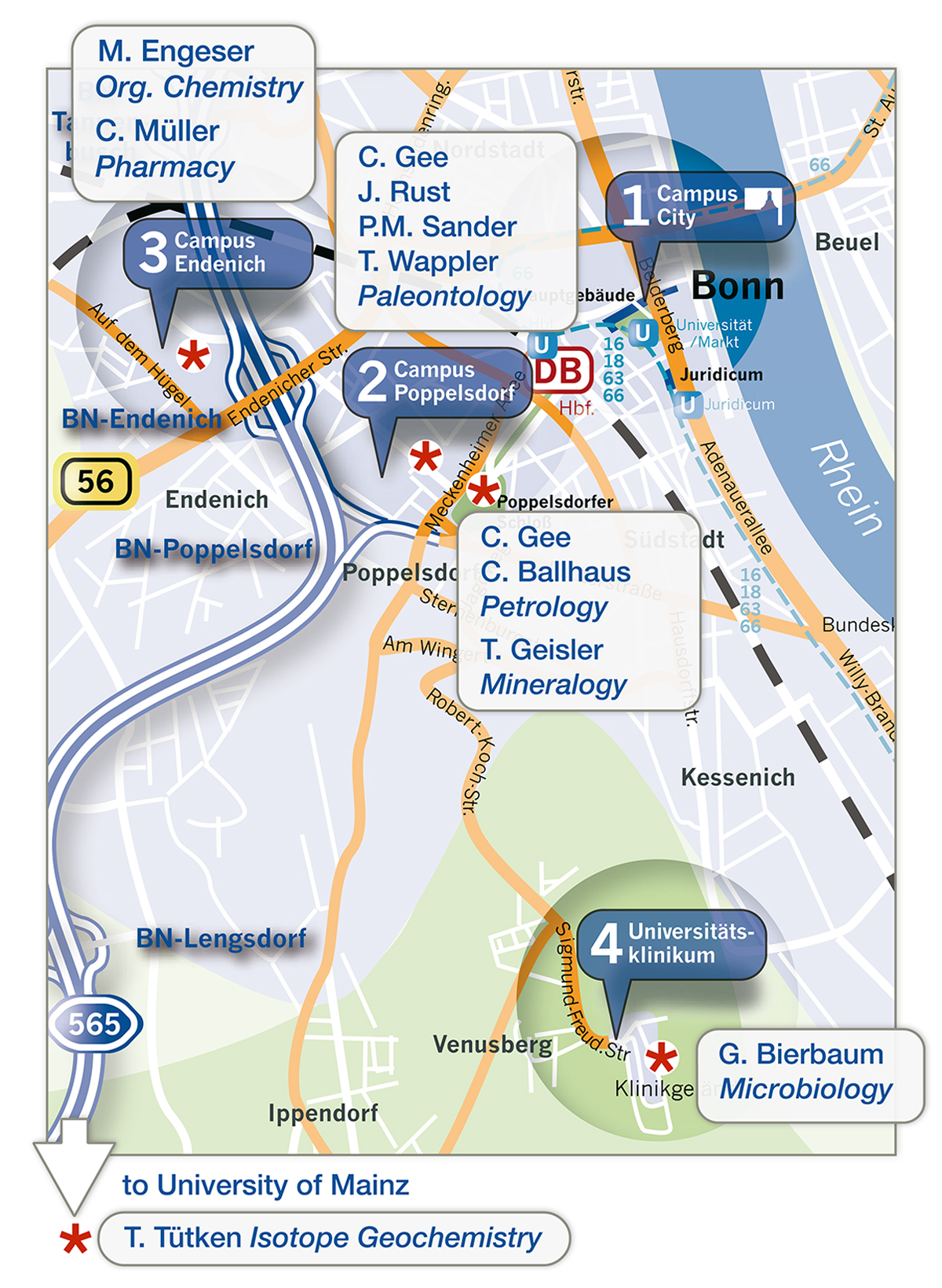DFG Research Unit FOR 2685
Introduction
The research unit plans to incorporate modern, state-of-the art methods and instruments to successfully accomplish its goals. In addition to the technical expertise of the members (Figure 1) within this research unit, the University of Bonn has an impressive number of instruments (Table 1; Figures 2 to 5) that we will employ for analysis and experimentation. The University of Mainz, the home institution of PI T. Tütken, will also extend our instrument repertoire (Table 1). The PIs also have connections to other labs with additional instru-mentation, which will be incorporated into the research of individual projects accordingly.
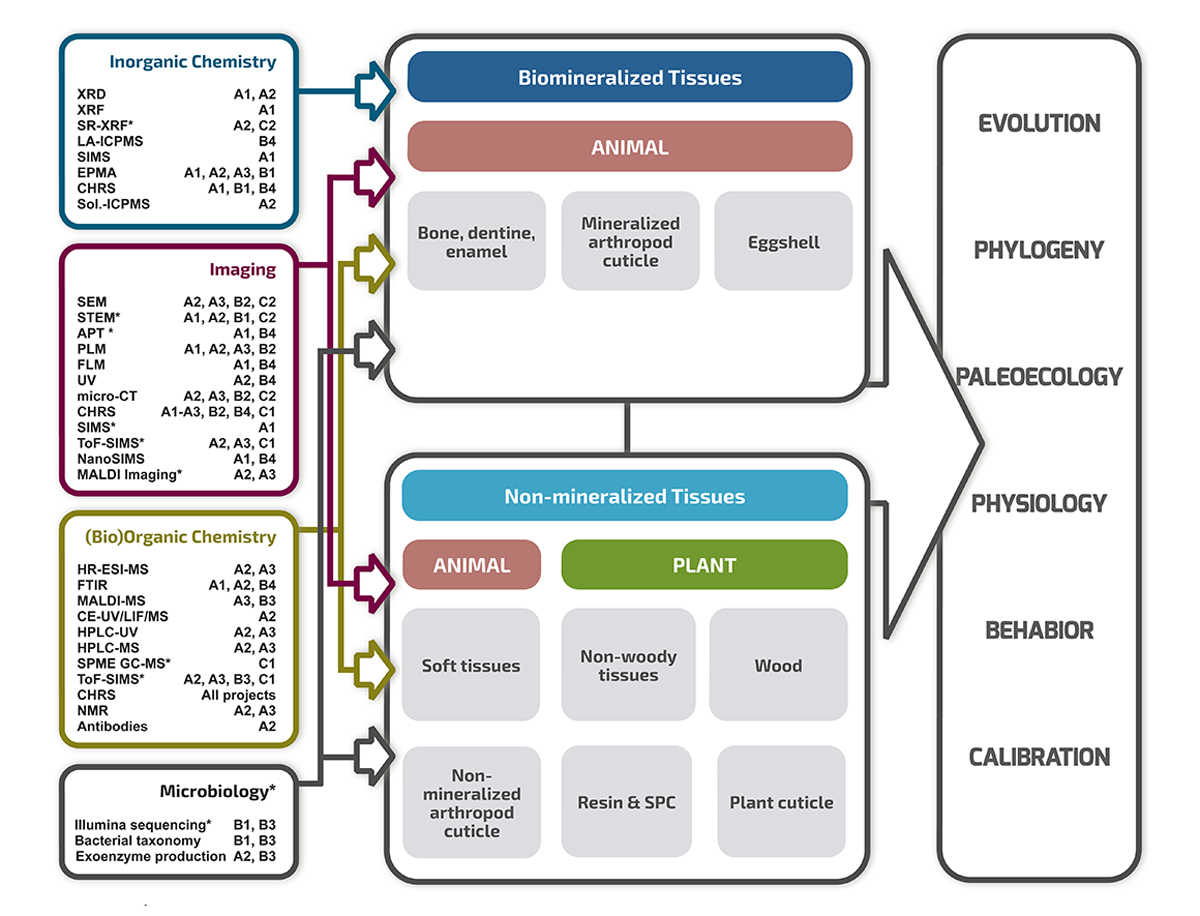
Figure 2 | Analytical approaches in FOR 2685. Our analytical approach depends on the kind of fossil tissue. Analytical collaboration takes place via the combination of different analytical methods applied to a specific fossil tissue. Most methods listed are established at one or more lab within the research unit. Astersiks indicate that analyses are done at collaborating institution. See below for methods abbreviations.
Abbreviations of methods:
APT* =atomic probe tomography, CE = capillary electrophoresis, CHRS = confocal hyperspectral Raman spectroscopy, EPMA = electron probe micro-analysis, FLM = fluroescence light microscopy, FTIR = Fourier transformed infrared spectroscopy, NMR = nuclear magnetic resonance spectroscopy of 1H and 13C, HPLC = high performance liquid chromatography, HR-ESI-MS = high resolution electro spray ionization time-of-flight mass spectrometry, LA-ICPMS = laser ablation inductively coupled plasma mass spectrometry, MALDI MS = matrix-assisted laser desorption ionization time-of-flight mass spectrometry, Micro-CT = high- resolution computed x-ray tomography, MS = mass spectrometry, NanoSIMS* = nano-scale secondary ion mass spectrometry, PLM = polarized light microscopy, SEM = scanning electron microscopy, SIMS* = secondary ion mass spectrometry, Sol.-ICPMS = solution inductively coupled plasma mass spectrometry, SPME GC-MS* = solid phase microextraction gas chromatography, SR-XRF* = synchrotron radiation X-ray fluorescence, STEM* = scanning transmission electron microscopy, ToF-SIMS* = time-of-flight secondary ion mass spectrometry, UV = filtered ultraviolet light analysis, including, XRD = X- ray diffraction, XRF = X-ray fluorescence.
List of instruments available at PIs home institution
(University of Bonn and University of Mainz):
BN-IEE = Institute of Evolutionary Biology and Ecology (Bonn);
BN-IMMIP = Institute of Medical Microbiology, Immunology and Parasitology (Bonn);
BN-KI-OCB = Kekulé Institute of Organic Chemistry and Biochemistry (Bonn);
BN-PI-PC = Pharmaceutical Institute, Pharmaceutical Chemistry (Bonn);
BN-SI-MIN = Institute of Geosciences, Mineralogie Division (Bonn);
BN-SI-PAL = Institute of Geosciences, Paleontology Division (Bonn);
MZ-IG = Institute of Geosciences (Mainz).
| Instrument | Location |
| Bacterial Taxonomy | BN-IMMIP |
| Capillary Electrophoresis Ultra-Violet and Laser-Induced Fluorescence Mass Spectrometry | BN-PI-PC |
| Confocal Hyperspectral Raman Spectroscopy | BN-SI-MIN |
| Confocal Laser Scanning Microscopy | BN-SI-PAL |
| Continuous Flow Isotope Ratio Gas Mass Spectrometer | MZ-IG |
| Electron Probe Microanalyzer with Back-Scattered Electron and Cathodoluminescence Detectors | BN-SI-MIN | MZ-IG |
| Elemental Analysator | MZ-IG |
| Energy-Dispersive X-ray Spectroscopy | BN-SI-MIN |
| Exoenzyme Production | BN-IMMIP |
| Fluorescence Light Microscopy | BN-SI-MIN |
| Gas Chromatography | BN-KI-OCB |
| High Resolution Electrospray Ionization | Matrix-AssistedLaser Desorption/Ionization Mass Spectrometry | BN-KI-OCB |
| High Temperature Thermal Combustions Elemental Analysator | MZ-IG |
| High-Performance Liquid Chromatography | BN-KI-OCB |
| High-Performance Liquid Chromatography Mass Spectrometry | BN-PI-PC |
| illumina Sequencing | BN-IMMIP |
| Immunohistochemistry | BN-PI-PC |
| Inductively Coupled Plasma Mass Spectrometry | MZ-IG |
| Inductively-Coupled Plasma Optical Emission Spectrometry | MZ-IG |
| Infrared Spectroscopy | BN-KI-OCB |
| Laser-Ablation Inductively-Coupled PlasmaMass Spectrometry | BN-SI-MIN | MZ-IG |
| Matrix-Assisted Laser Desorption / Ionization Time of Flight | BN-KI-OCB |
| Multicollector Inductively-Coupled Plasma Mass Spectrometry | MZ-IG |
| Nuclear Magnetic Resonance Spectroscopy (of 1H and 13C) | BN-KI-OCB |
| Phoenix Micro-Ct Scanner | BN-SI-PAL |
| Polarizing Light Microscopy | BN-SI-PAL | BN-SI-MIN |
| Solution Inductively Coupled Plasma Mass Spectrometry | BN-PI-PC |
| Transmission Electron Microscopy | BN-IEE |
| Ultraviolet–Visible Spectroscopy | BN-KI-OCB |
| Wavelength-Dispersive X-ray Spectroscopy | BN-SI-MIN |
| X-ray Diffraction | BN-SI-MIN |
| X-ray Fluorescence | BN-SI-MIN |
Raman spectrometer
CHRS is central to the research unit because it offers a wealth of chemical and structural information about both organic and inorganic compounds. Raman measurements offer sub-micrometer resolution in two or even three dimensions, allowing imaging of the textural relationship of the different organic and inorganic phases in a fossil sample. Such knowledge is central to most projects of the research unit. CHRS potentially opens up new avenues to experimentally investigate fossilization processes in situ and in “real-time”. (Fig. 3).
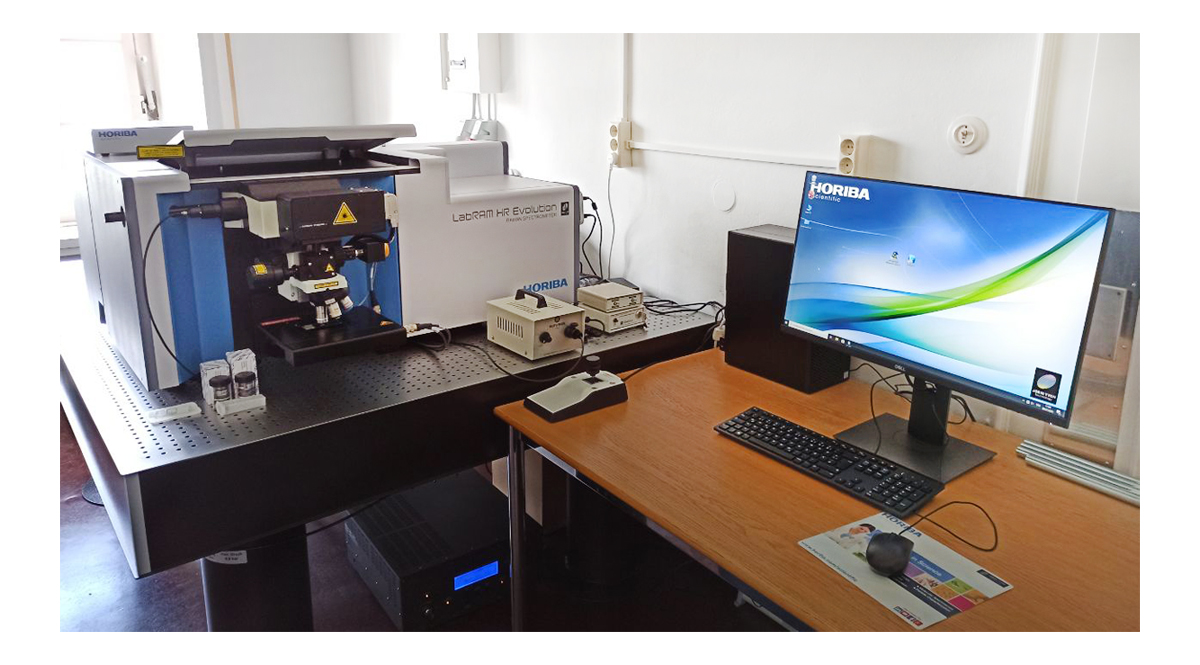
Figure 3 | New Horiba Scientific LabRAM-HR Evolution UV-VIS-NIR Raman spectrometer located at the Institute of Geosciences, Bonn.The configuration includes three excitation lasers (532, 405, and 305 nm), ultra-fast mapping and autofocus option, different spectrometer gratings (spectral resolution down to 0.3 cm-1), electron multiplier charge-coupled device detector, and aside of standard objectives a 50x and a 100x long-working distance and oil immersion objectives.
Other equipment:
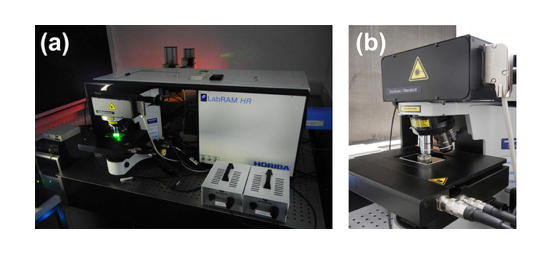
Figure 4 | Horiba Scientific LabRAM HR800 confocal Raman spectrometer (a) with microscope (b) located at the Institute of Geosciences, Bonn, with three exitation lasers (784, 632, and 532 nm).
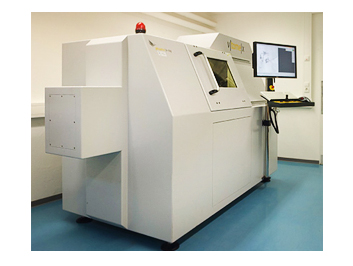
Figure 5 | phoenix v|tome|x s 180/240 micro-computer tomograph with < 2 µm per voxel resolution located at the institute of Geosciences, Bonn.
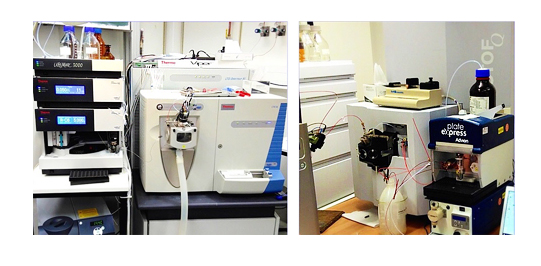
Figure 6 | Two of six different mass spectrometers located at the Kekulé Institute of Organic Chemistry and Biochemistry, Bonn.






